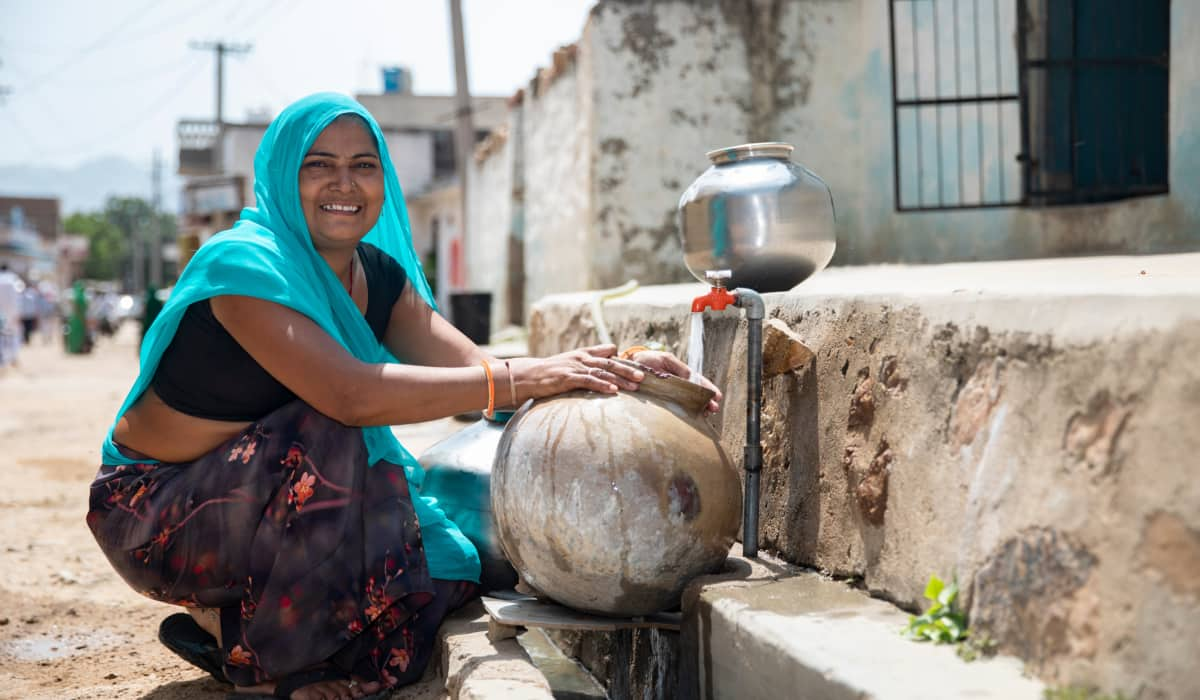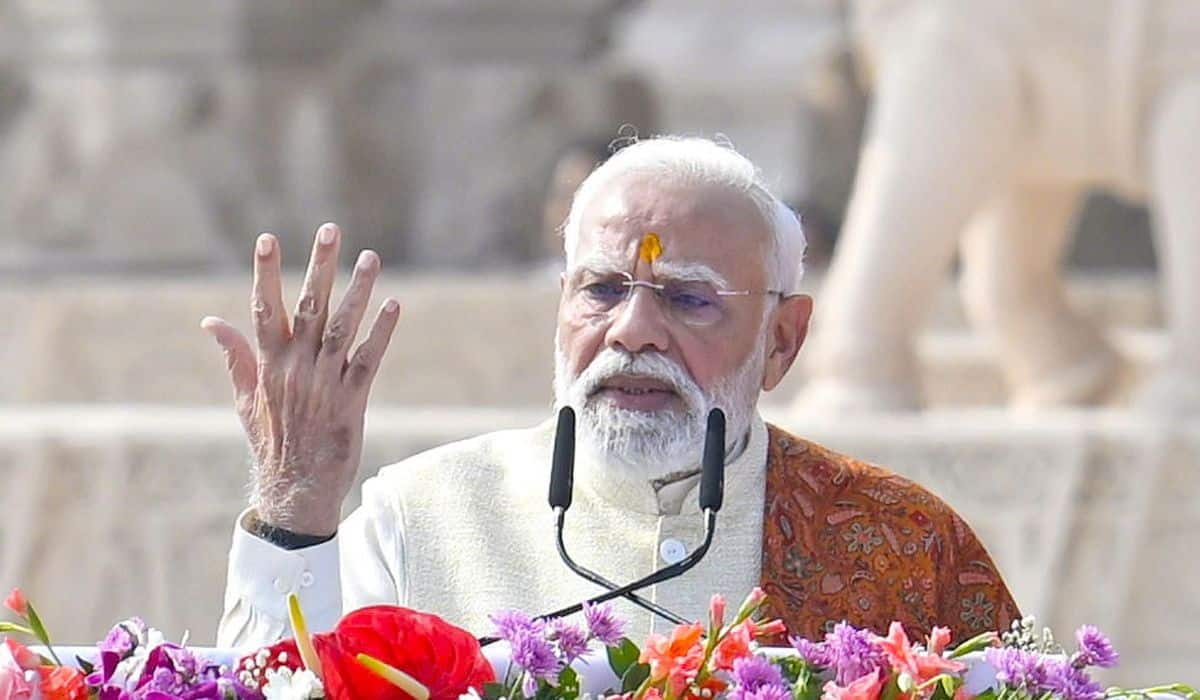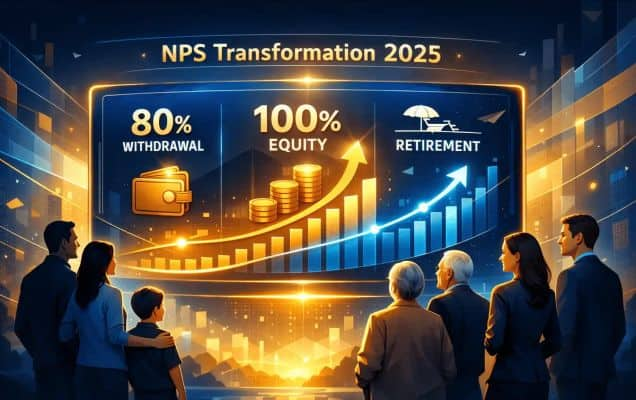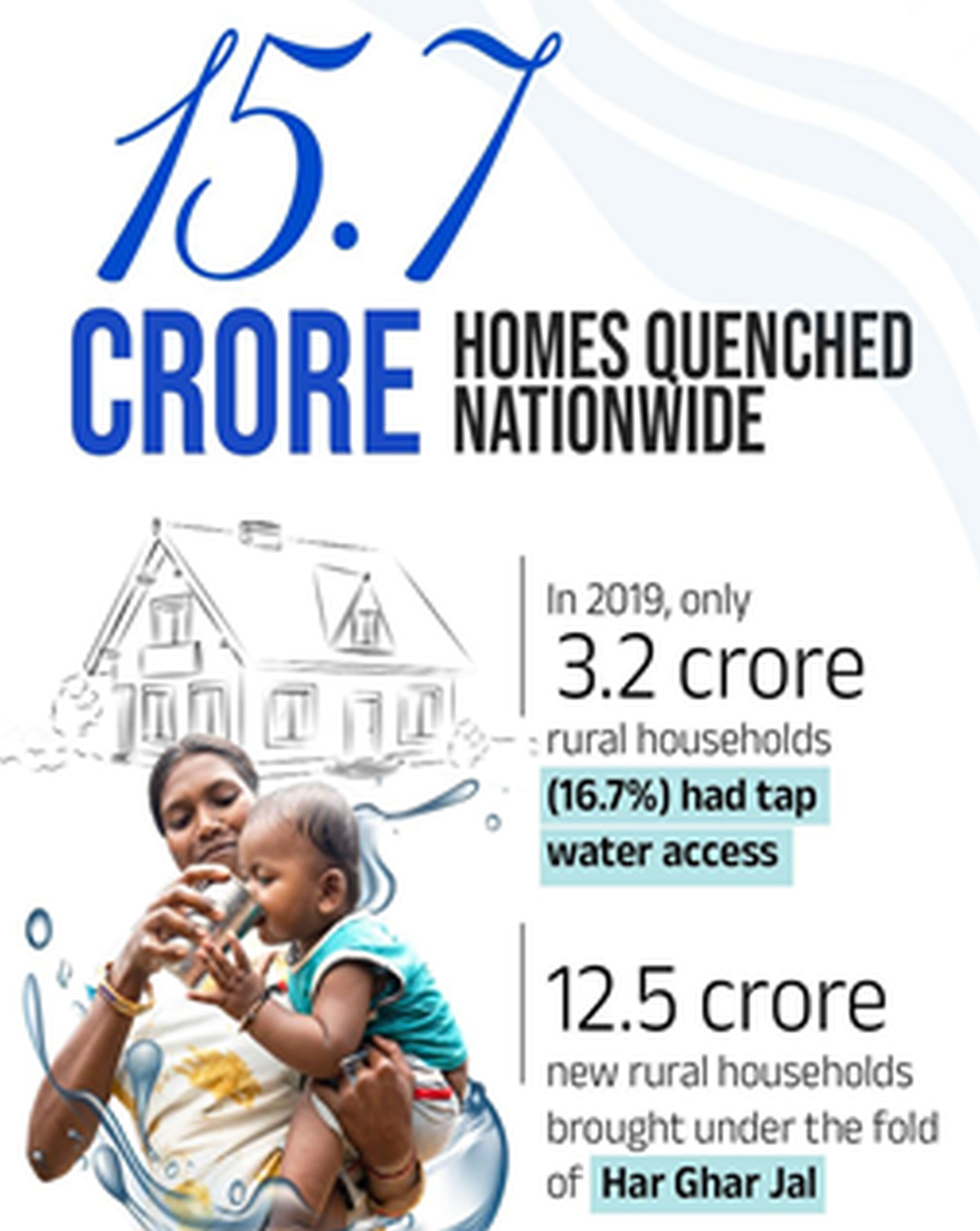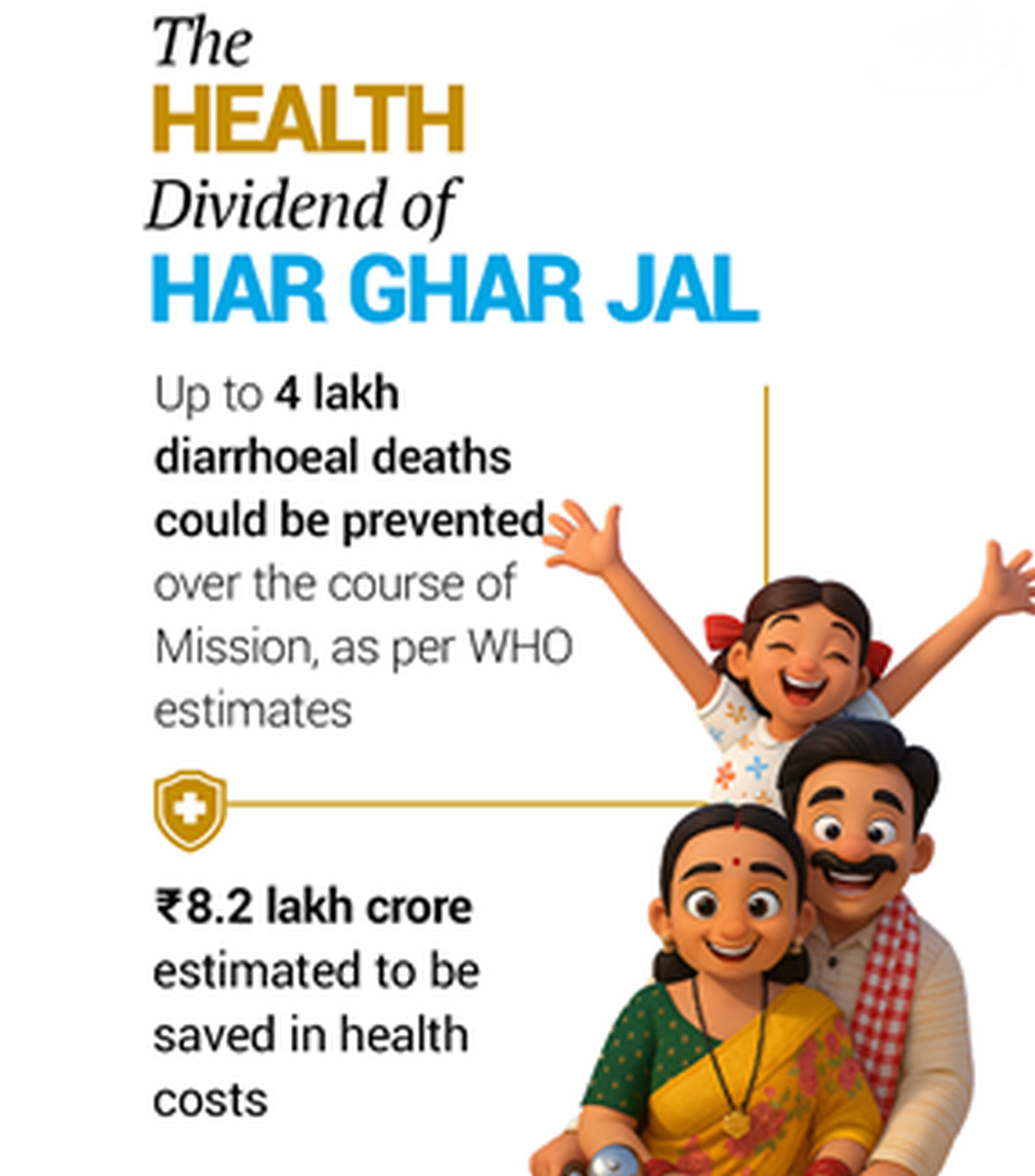Government has only one religion - India first!
Government has one holy book - the Constitution.
The Government must be immersed in only one Bhakti- Bharat Bhakti!
The Government’s only strength is Jan Shakti!
Government’s only ritual is the well being of the 125 crore Indians!
The only code of conduct of the Government should be ‘Sabka Saath, Sabka Vikas!
- Narendra Modi
Never before in the history of Independent India has a political leader given such a resounding and mature message of unity with inclusion.
Narendra Modi has come a long way from how the political discourse has been conducted in India. Politicians in India have very often used & thrived on vote banks by playing emotions of one against the other. While some leaders pit one religion against the other, others pit one caste against each other. Some political parties have also tried to ignite the people’s sentiments against industrial development &encash it during the polls.
In such times, Narendra Modi’s thoughts strike a refreshing contrast & provide a much needed alternate perspective on what Unity really means. Narendra Modi has proven to be an apostle of unity and inclusivity having demonstrated how his words could be put into action in Gujarat.
His actions while in office, his policies and his speeches have all reverberated with his message of unity and inclusivity. The most important thing that he has done is to break the myth that growth of a caste, community, religion, village, city or sector has to be at the cost of another. He has shown that development, upliftment and progress need not be a case of one against the other, but it can include everyone.
One of the landmark events happened when Narendra Modi went to Patna to address the Hunkar Rally in October 2013. Bombs were going off in the historic Gandhi Maidan just as he was about to speak. Any other leader would have either panicked or would have incited the crowd against the terror plot. No prepared speech would have been useful at that time. At such a time, Narendra Modi spoke from his heartand delivered a powerful message of peace & unity to both Hindus and Muslims that went to the crux of the principal challenge before our nation. He announced that Hindus and Muslims should together fight poverty instead of fighting among themselves. This is the only way forward for the nation.

At the heart of Narendra Modi’s success lies his Panchamrut philosophy that drives it. This philosophy has a vision for the all-round development at the core of it. Panchamrut is the integration of five different streams which drives growth. This confluence of the panchshakti (five vital powers) of Knowledge, Water, Energy, Security and Human Resources, the five fundamental powers required to achieve holistic and sustainable growth have resulted in unprecedented growth and improvement in the quality of life in the state during his tenure as the Chief Minister of Gujarat.It is the amalgamation of mantra of ‘SabkaSaath, Sabka Vikas’ and Panchamrut philosophy that forms the corner stone of Narendra Modi’s model of governance.

Narendra Modi’s model of development has been unique in the sense that it has not created inequalities or conflicts between contrasting requirements. While his model embraced urbanisation as an opportunity rather than a threat, it made provisions to modernise & improve lives in urban areas. Similarly, while Gujarat has focused on industrial development & investments, agriculture & farmers have been given special attention too. While private entrepreneurs big & small have thrived in the business friendly atmosphere, the Public sector companies have achieved a miraculous turn around too. Gujarat’s GDP growth increased significantly under Narendra Modi along with significant improvement in the social indicators. Technology has been given importance and at the same time people great attention has been given to skill development.

Similarly people from all castes, communities & religions including minorities, & underprivileged sections of the society have progressed, prospered in Gujarat under Narendra Modi.
This model is unique & worth emulating as it focuses on removing fault-lines of discrimination & prejudice. Once everyone is placed on an equal footing & given equal opportunities, it can only result in the creation of a truly equal & healthy society.







